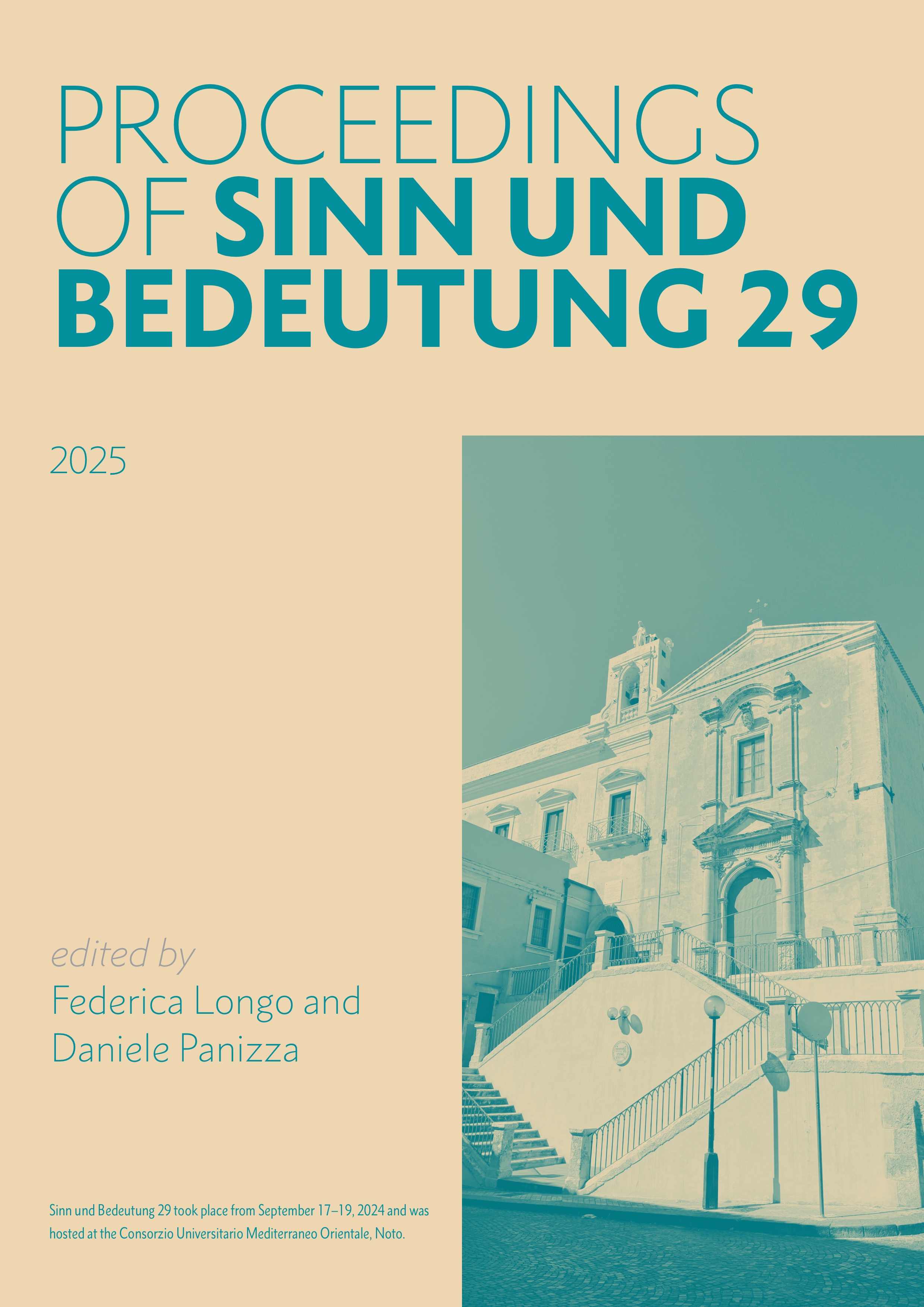How to reconcile maximal and non-maximal Mandarin 'mei': Distributivity without maximality
DOI:
https://doi.org/10.18148/sub/2024.v29.1310Abstract
Traditionally translated as ‘each’, Mandarin mei is often considered to express both maximality and distributivity. However, mei’s semantic contribution has been debated as it canonically co-occurs with dou, which also appears to enforce maximality, much like English all. This paper presents novel data demonstrating that dou, not mei, is responsible for expressing maximality. The existence of distributive items such as mei – which enforce distributivity but do not require maximality – underscores the need to distinguish maximality from distributivity as a separate semantic property, a point recently argued by Haslinger et al. (2025).Downloads
Published
2025-09-22
How to Cite
Zhao, Z. (2025). How to reconcile maximal and non-maximal Mandarin ’mei’: Distributivity without maximality. Proceedings of Sinn Und Bedeutung, 29, 1802–1819. https://doi.org/10.18148/sub/2024.v29.1310
Issue
Section
Articles
License
Copyright (c) 2025 Zeqi Zhao

This work is licensed under a Creative Commons Attribution 4.0 International License.
https://creativecommons.org/licenses/by/4.0/
